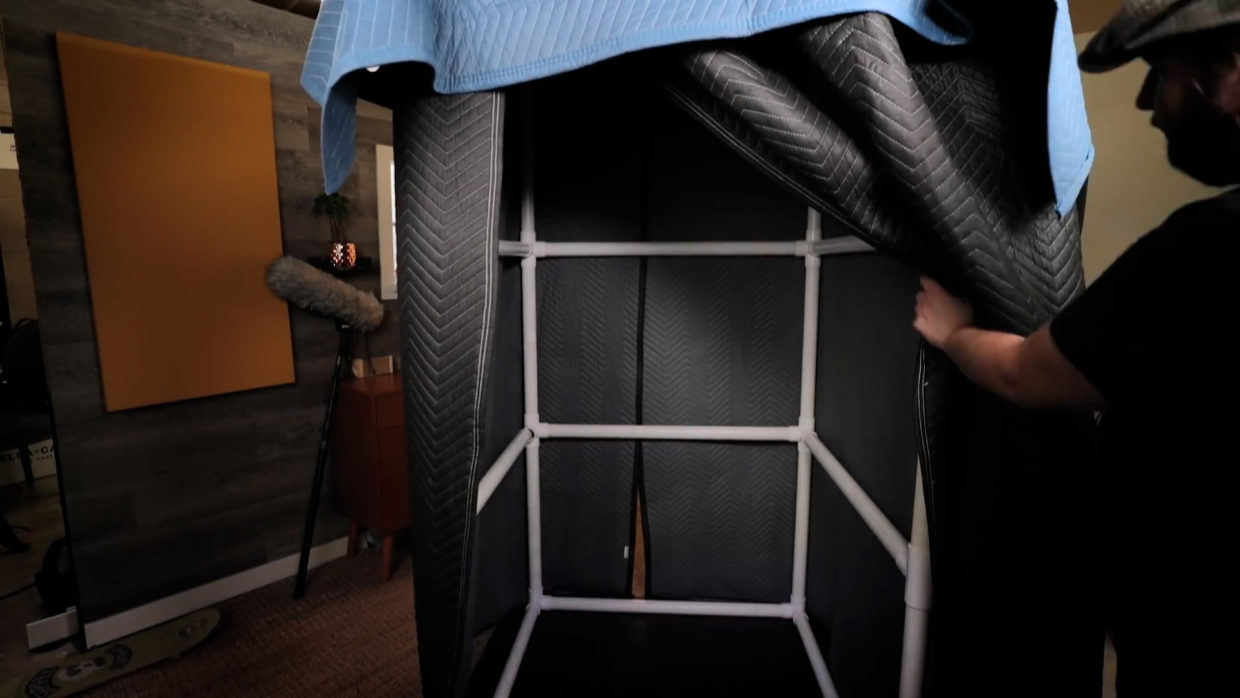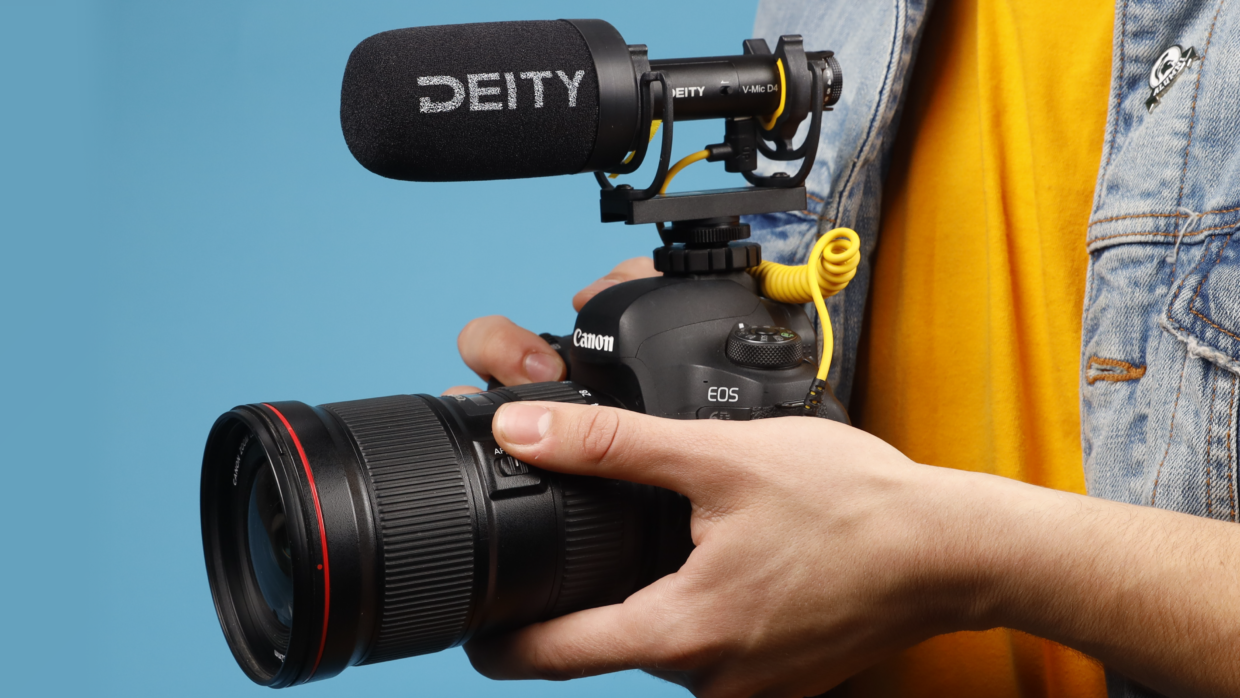Your film questions. Our professional answers.
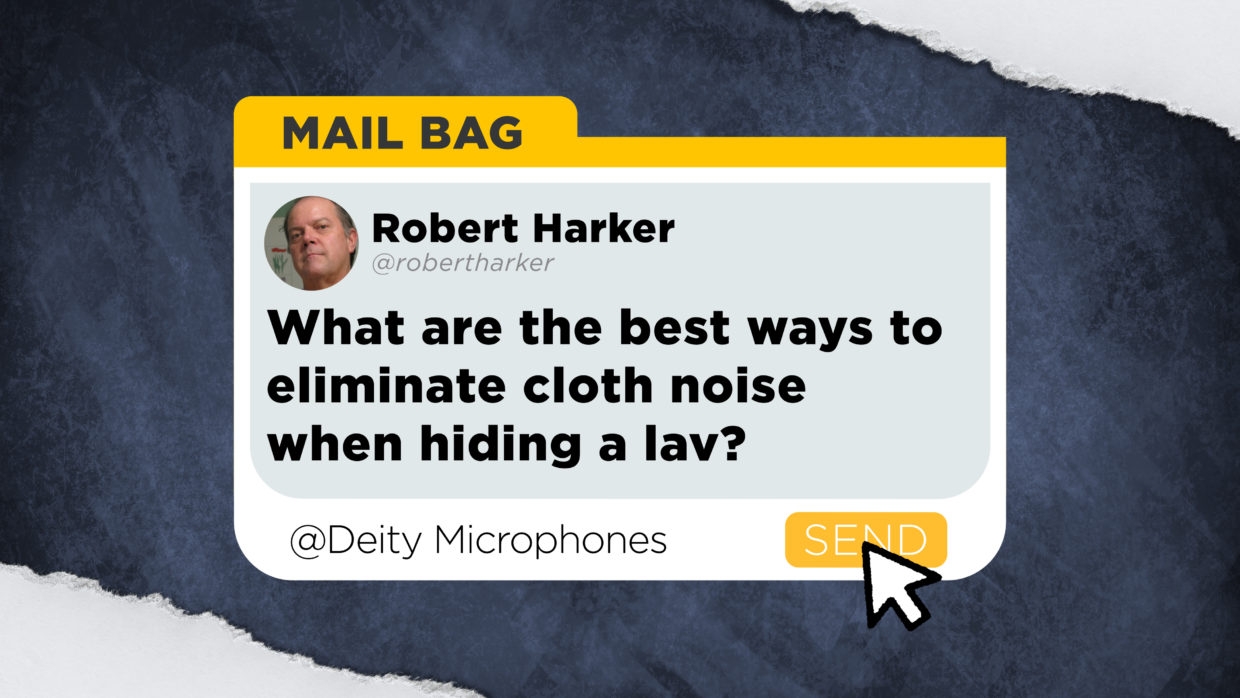
Question #1
Robert Parker asks “What are the best ways to eliminate cloth noise when hiding a lav under a shirt or other clothing?”
Different materials require different setups
The answer to this question varies depending on the material you are trying to attach the microphone to.
Luckily, we have a lot of videos on this topic located on our youtube page.
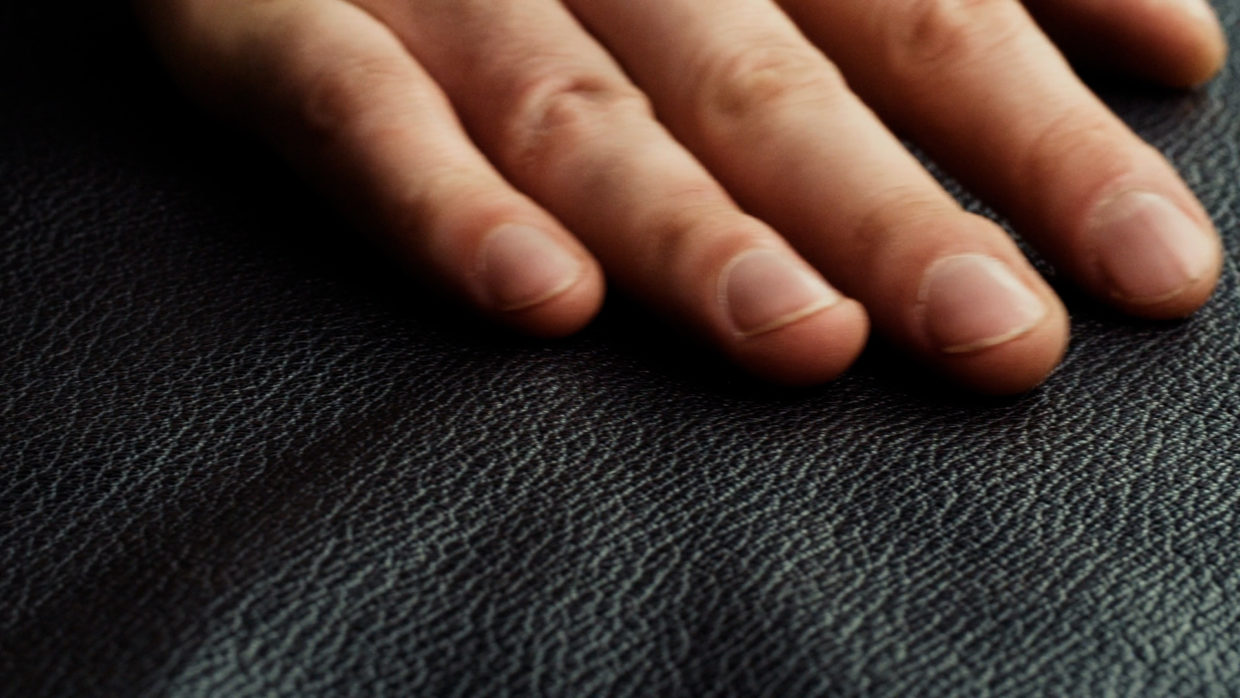
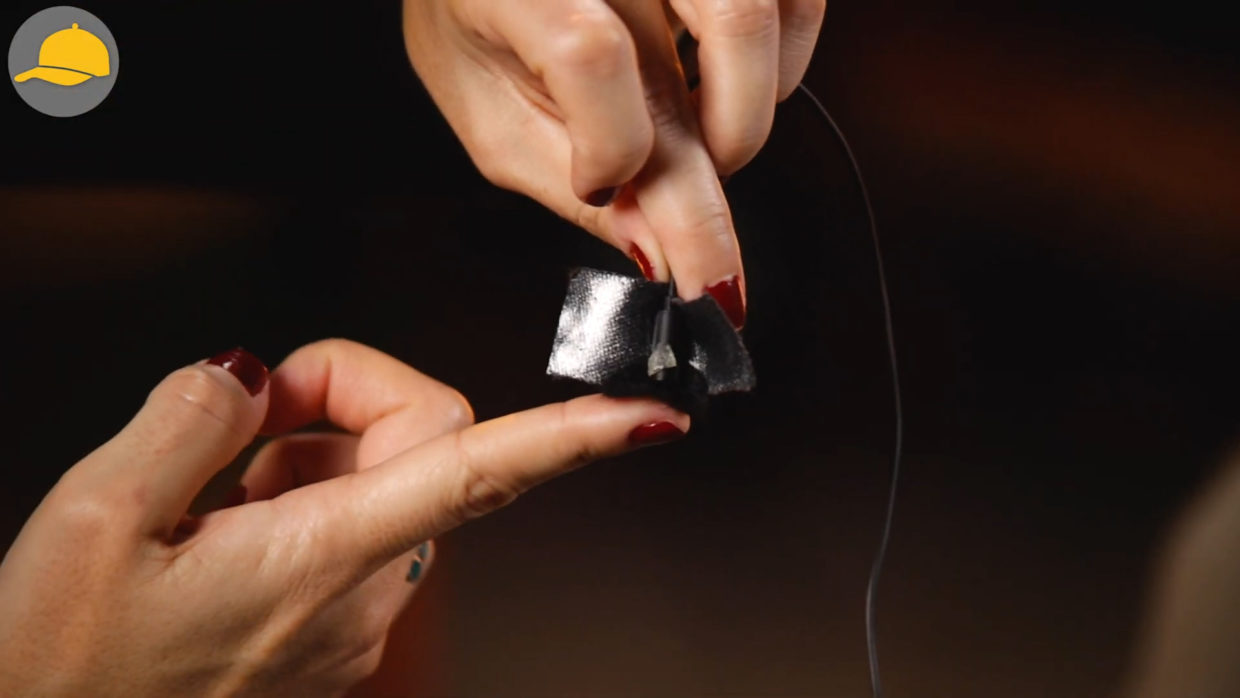
Use purpose-built expendables
The short answer is that you must create a shock absorber for your microphone using expendables like Moleskin, Foamies, Undercovers, and Overcovers.
These will isolate your microphone and prevent the cloth from rubbing against it.
Question #2
Lblbates asks “How does the inverse square law relate to how close your mic should be to an actor’s voice?”
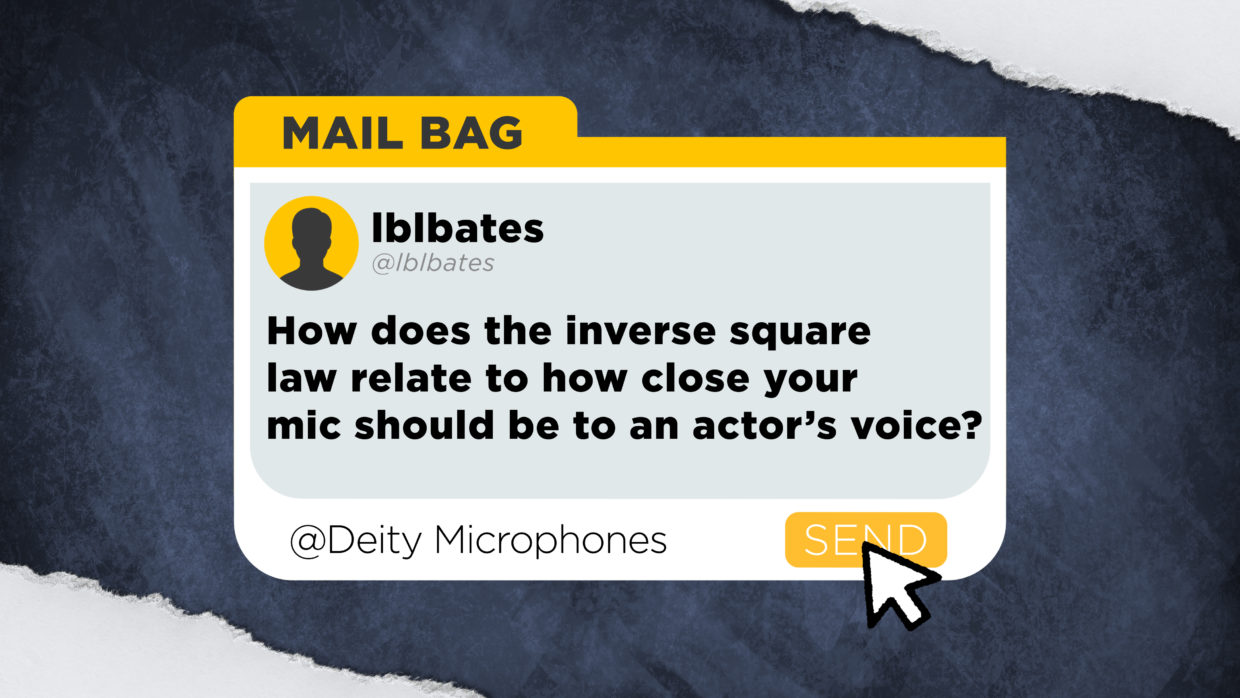
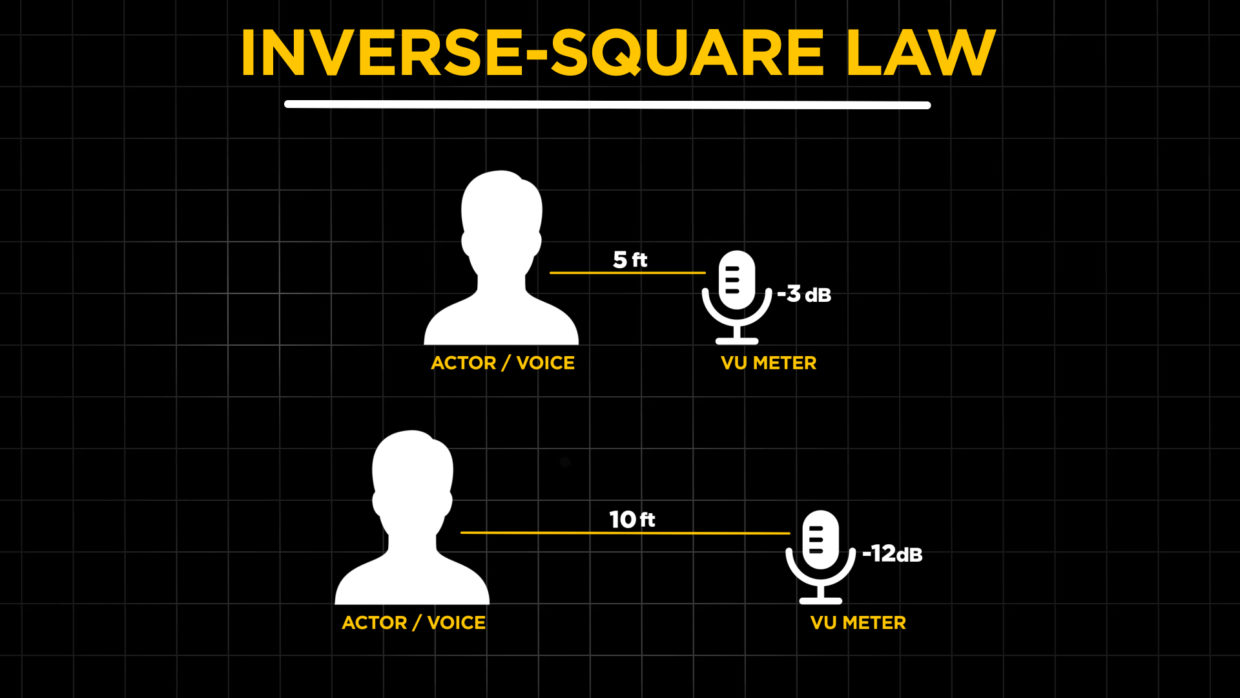
Double the distance = 1/4th the loudness
There is a science stating that the moment you double the distance between your sound source and the capturing device, it will lose 1/4th it’s loudness.
This may sound confusing since you’d think it is half as loud, but nope. Science is a mystery.
You want the best Signal-to-noise ratio
This is to say, inverse-square law doesn’t really matter.
You will always want to get your microphone as close as possible without breaching the frame to get as clean a capture of the voice as possible.
This will allow you to be flexible in post without worrying about the noise floor of your files.
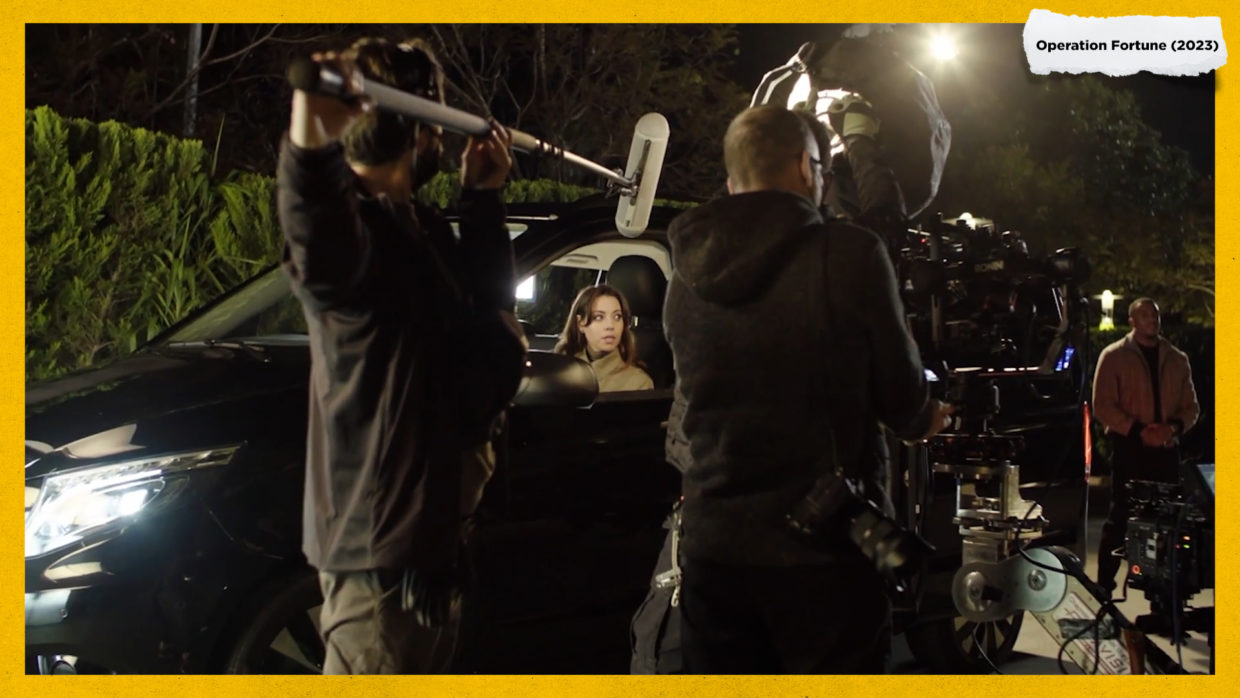

Question #3
Indiejacob asks “How do you guys prevent those unwanted mouth clicks and pops when interviewing people with either shotguns or lavs?”
What are mouth clicks?
Mouth clicks are created by sticky saliva in one’s mouth. Pops are the breaths of air on certain syllables like “B” and “P”
They are a natural part of speaking and not much can be done to remove them from speech.
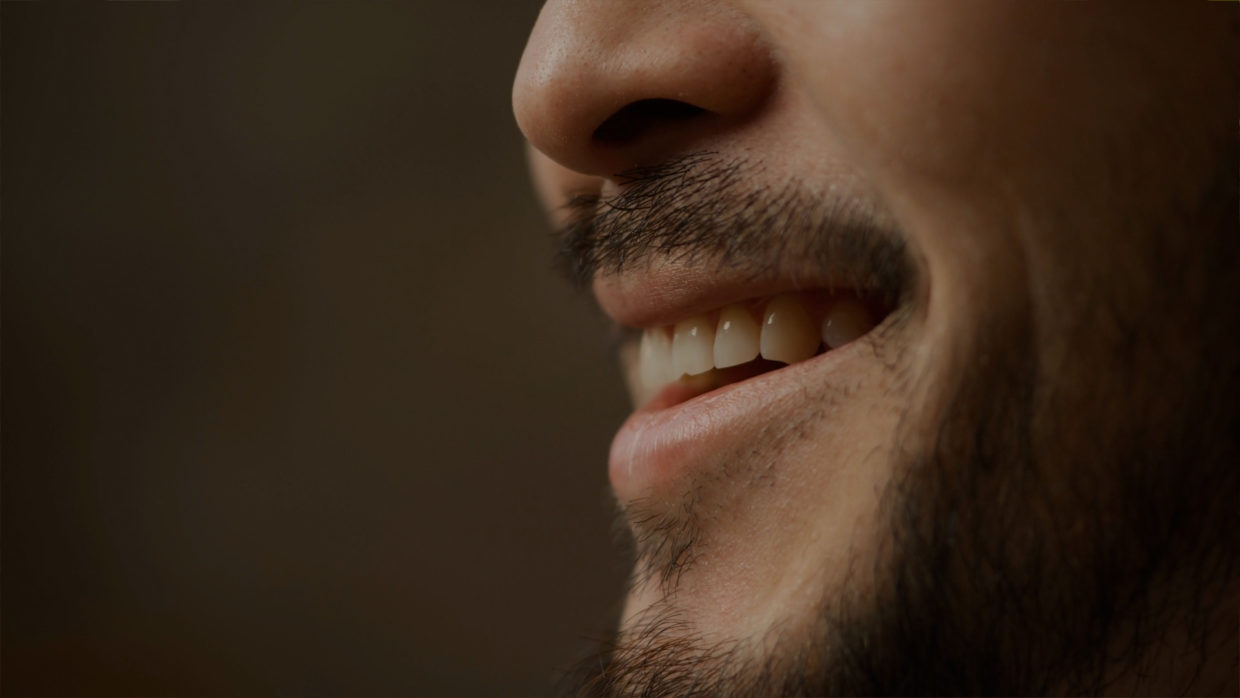
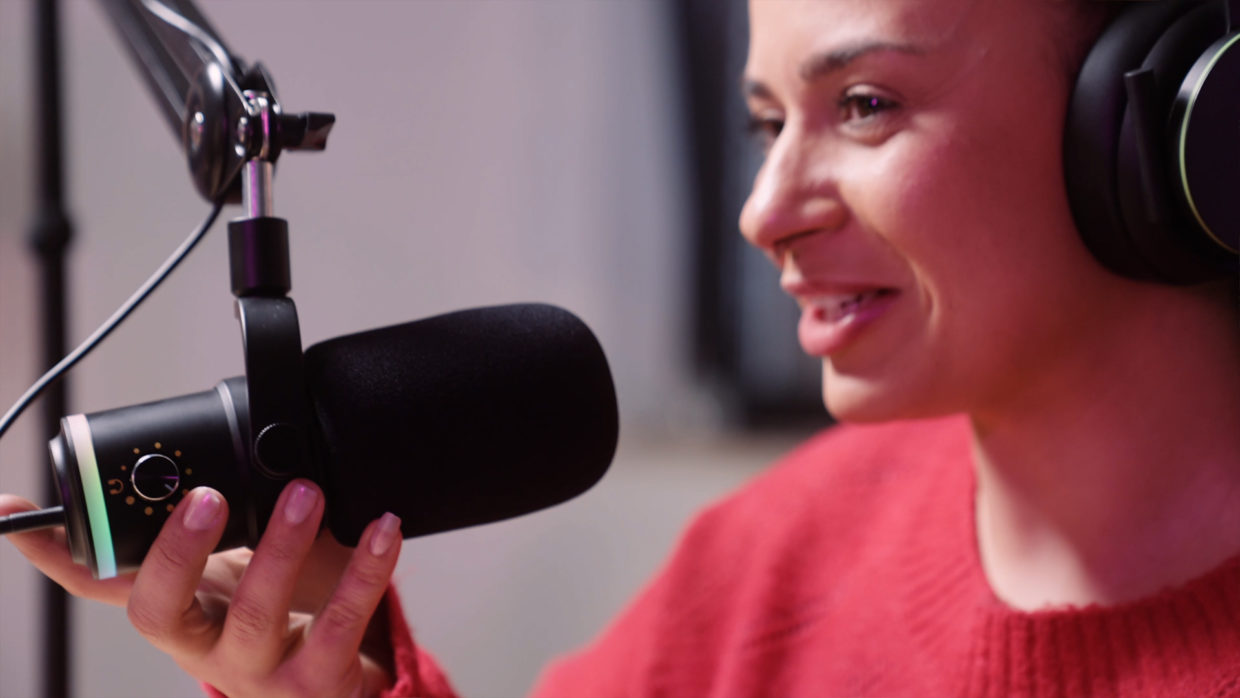
Pop filters and hydration
To deal with pops of air, the best solution is to use a pop filter over your microphone. Luckily all of our microphones ship with one.
Funnily, to deal with clicks, get dehydrated. I’m not joking, the less water you have in your mouth the less saliva you will produce.
Use the right tools
Adobe Audition has a great plugin called “Auto Heal.” simply highlight the click or pop and apply it to redraw the waveforms and cleanly remove it.
Izotope RX‘s “Mouth De-Click” is also another great option for this.
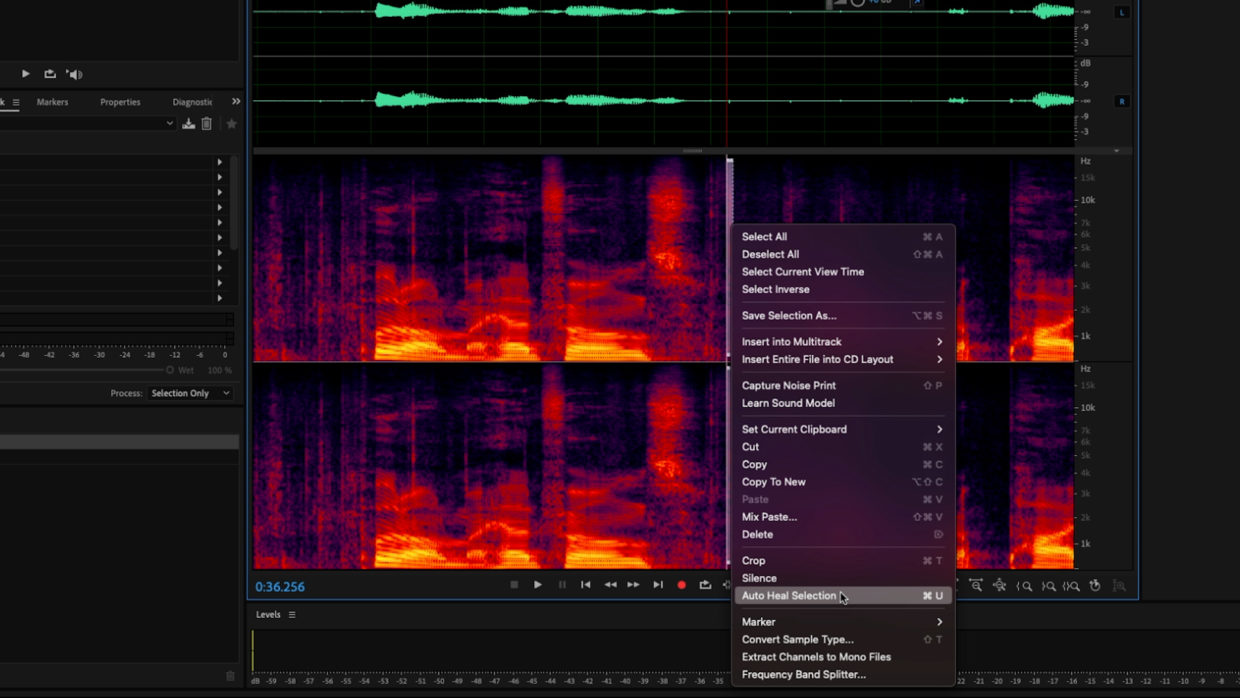
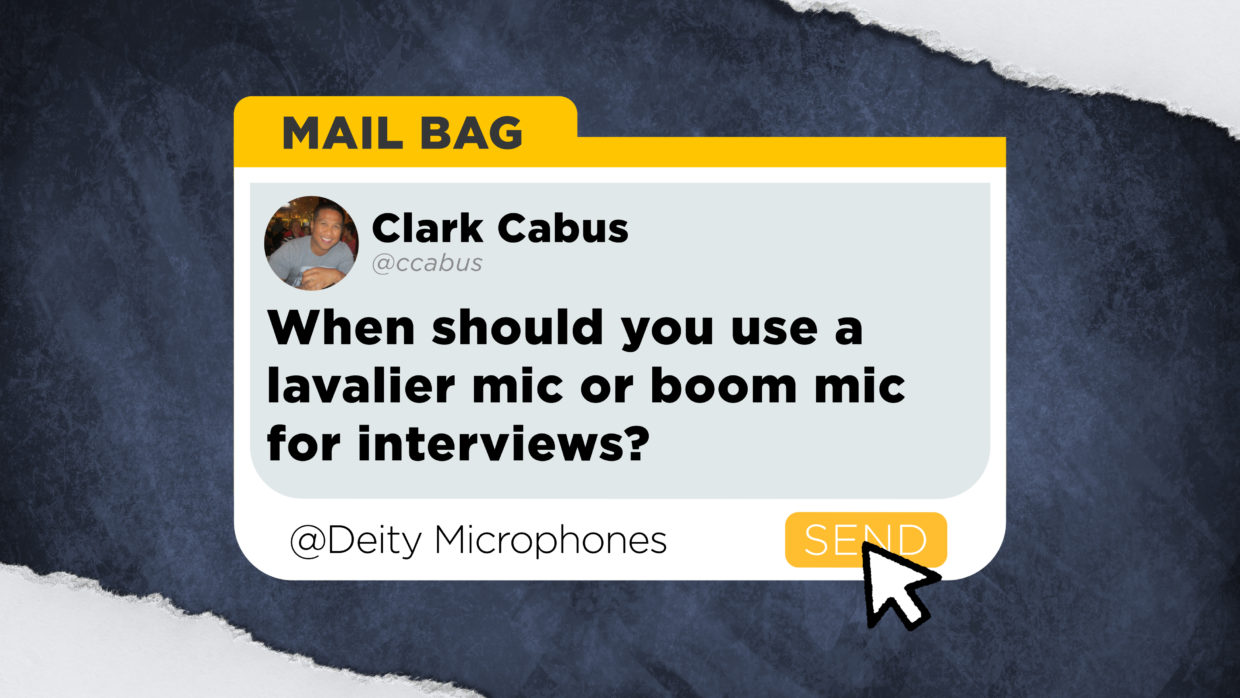
Question #4
Clark Cabus asks “When should you use a Lavalier mic or boom mic for interviews?”
Different microphones capture the environment differently
Boom microphones are much more focused, blocking out any sounds that are off their axis.
Lavs on the other hand capture sound all around them.
Both of these microphones will give a different perspective on the environment.
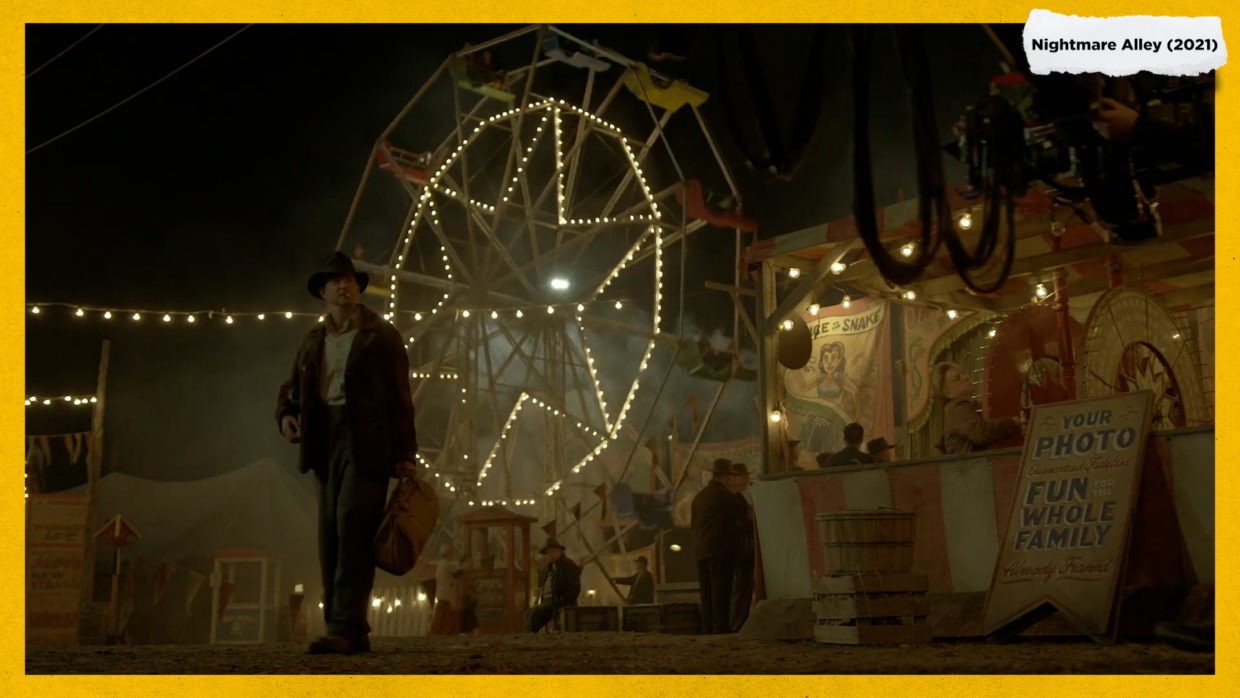
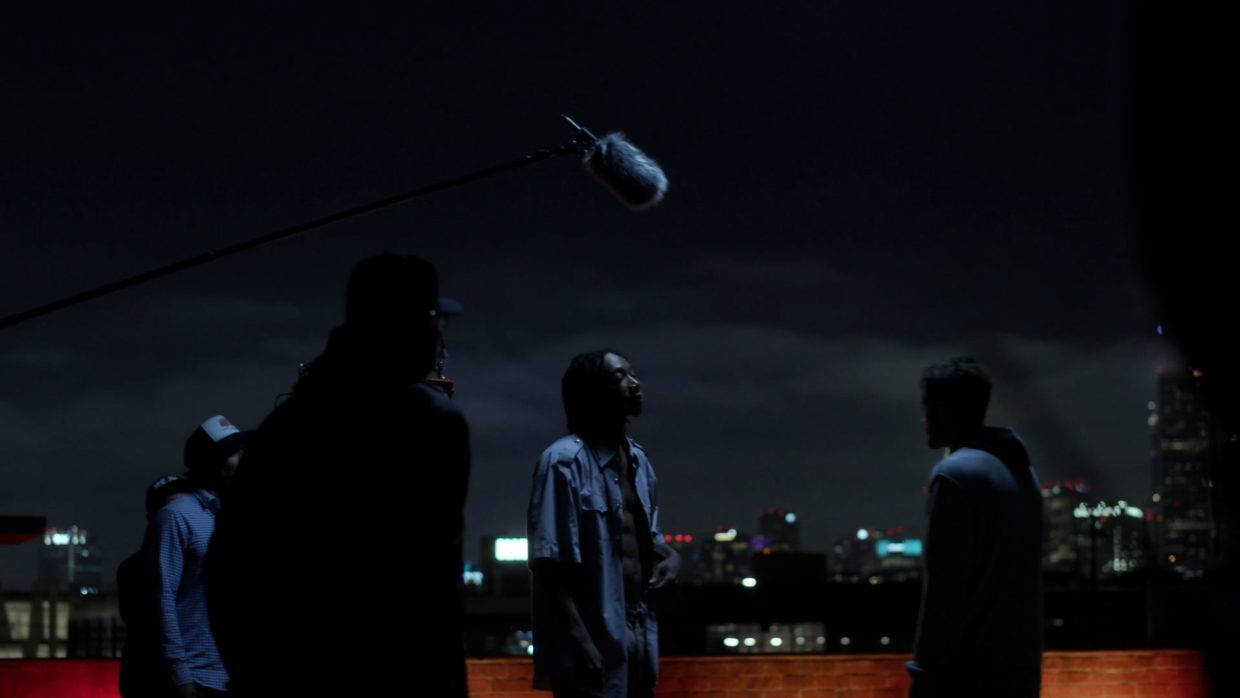
What does the story call for?
Do you want to hear the sounds of nearby people and objects, or is it crucial that the interviewee sounds isolated?
Either way, bring both microphones just in case you need a backup plan.
Question #5
James asks “What would you recommend for on-set ADR performances when the actors are unable to make a separate studio date in a controlled environment?
Blankets? Portable booth etc?”
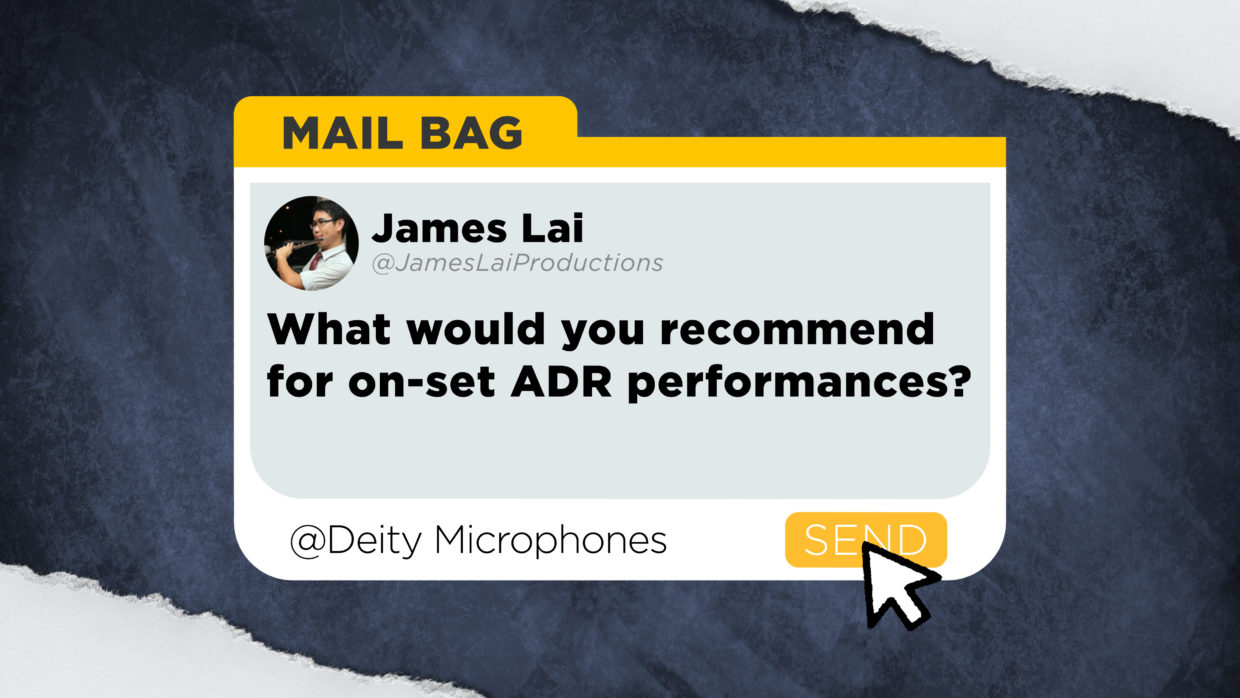
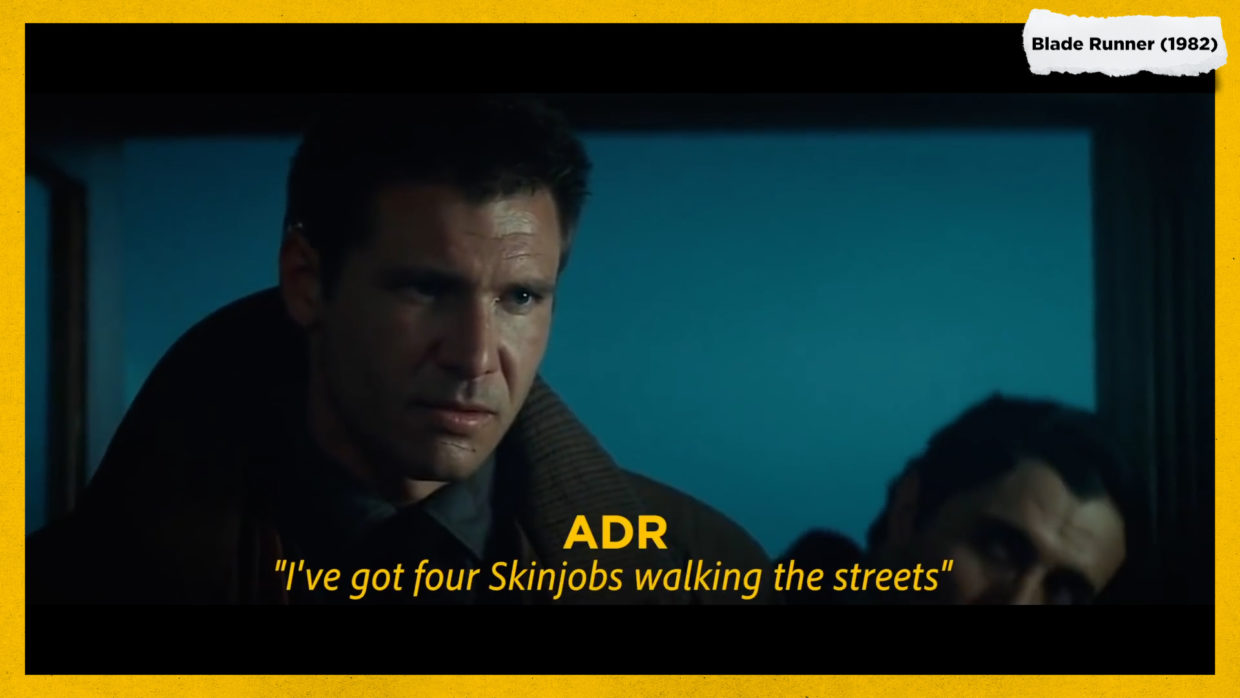
These are called “wild lines”
Wild lines are any clips of audio recorded without a video element at the location the scene takes places.
The benefit of recording wild lines at the location is that they’ll automatically sound the same as the other audio clips from your shoot.
Avoid the dead sound, unless…
If you use a booth or blankets on the day, it’ll require your post person to adjust the audio to make it match the environment which will cost you time.
If you ARE looking for that voice-over sound, we have a portable booth-build video here.
